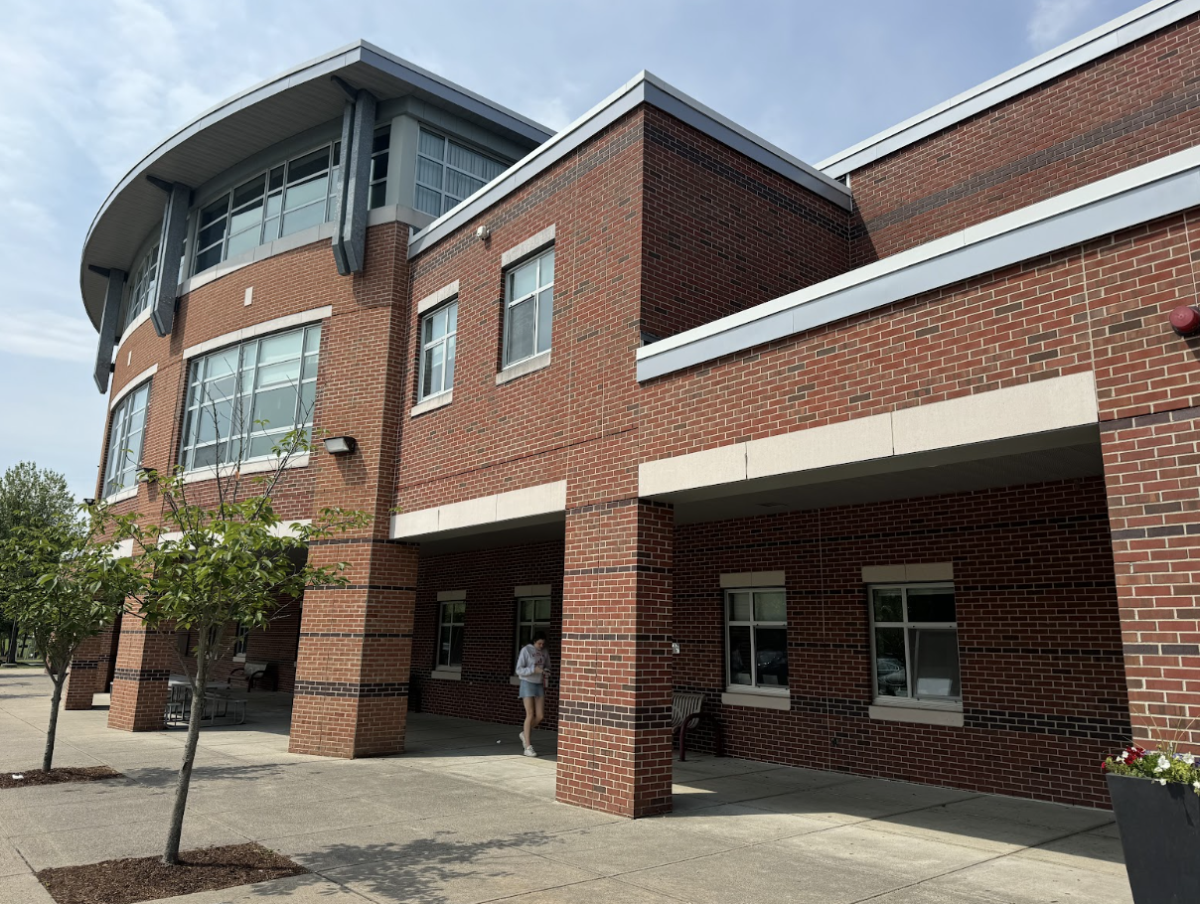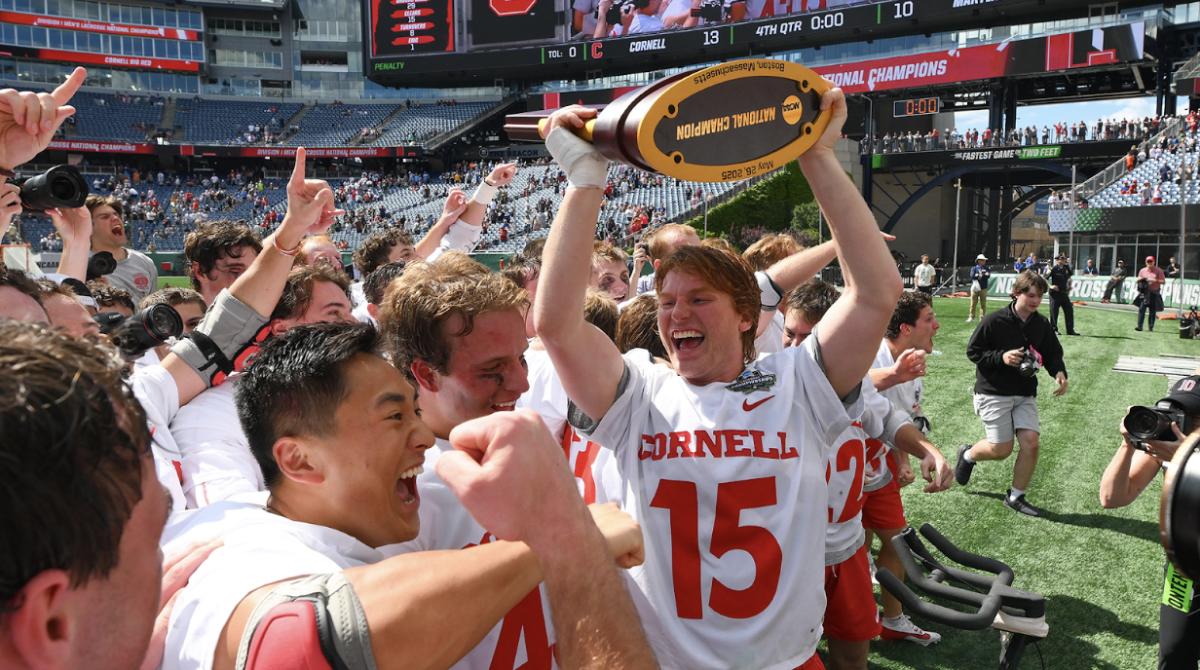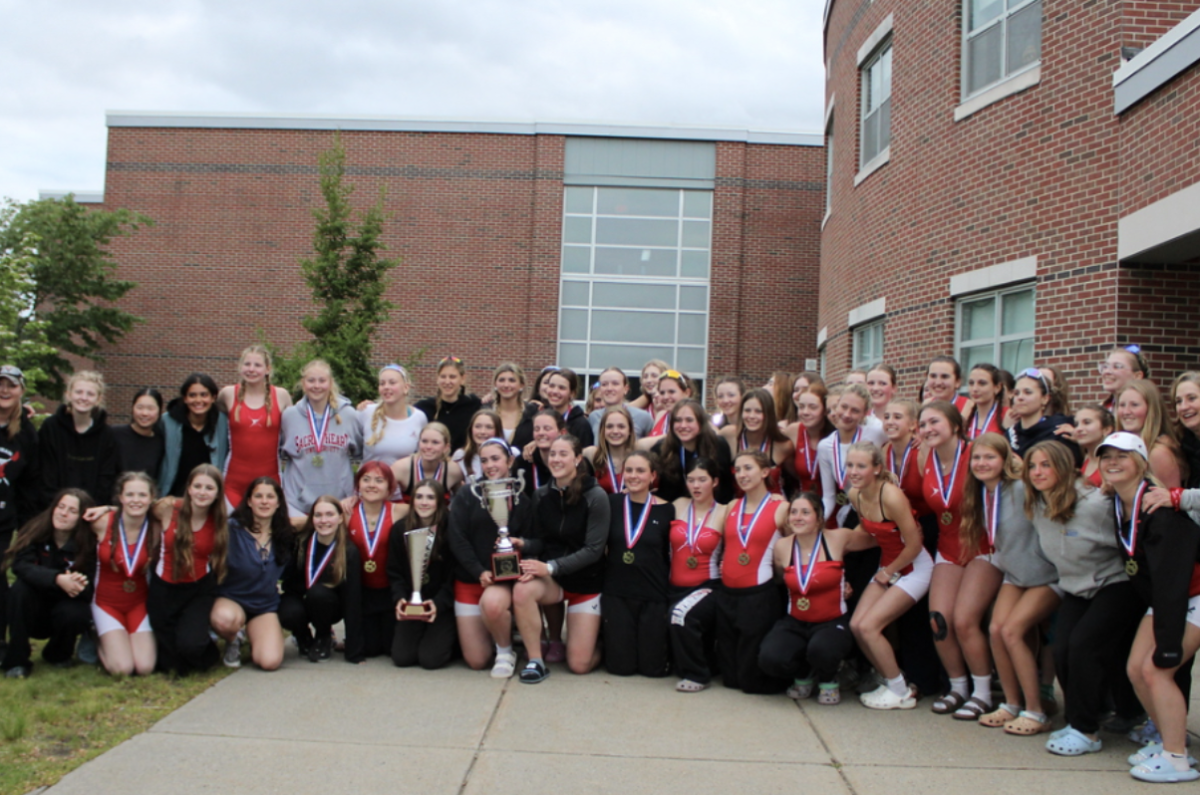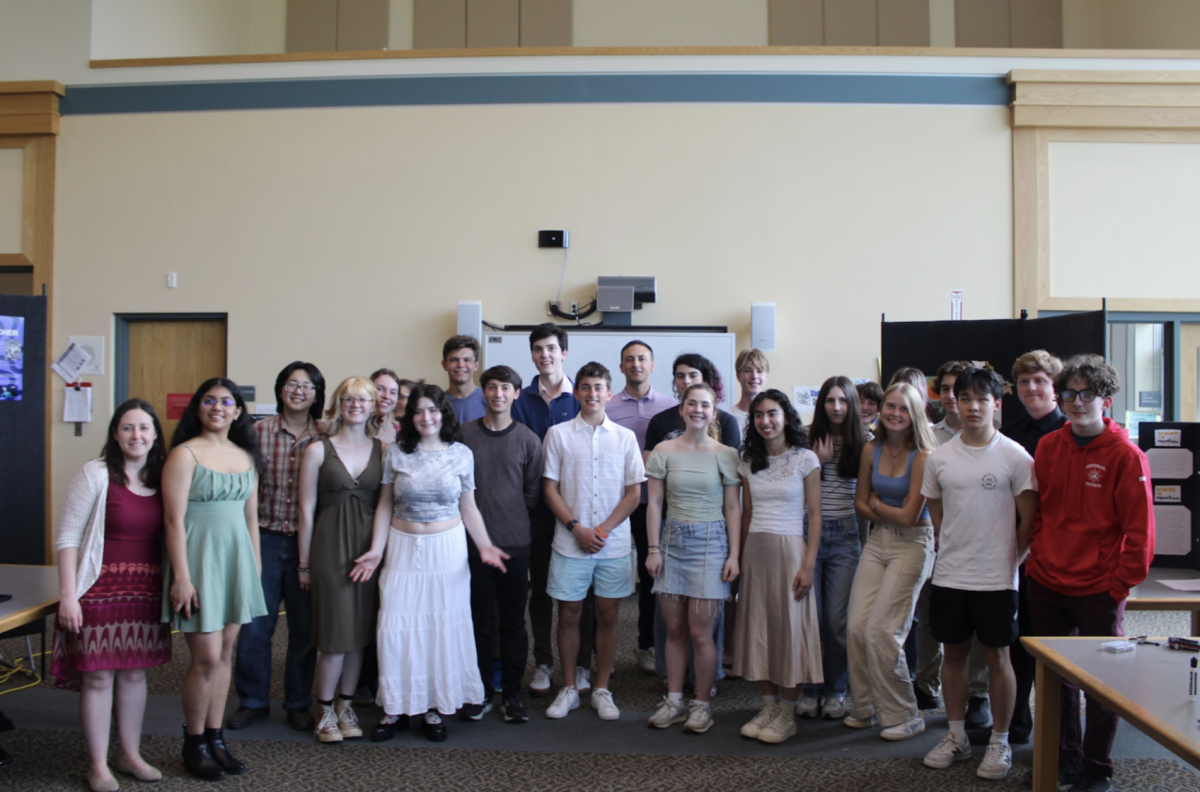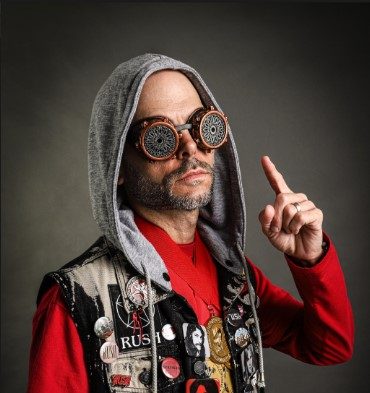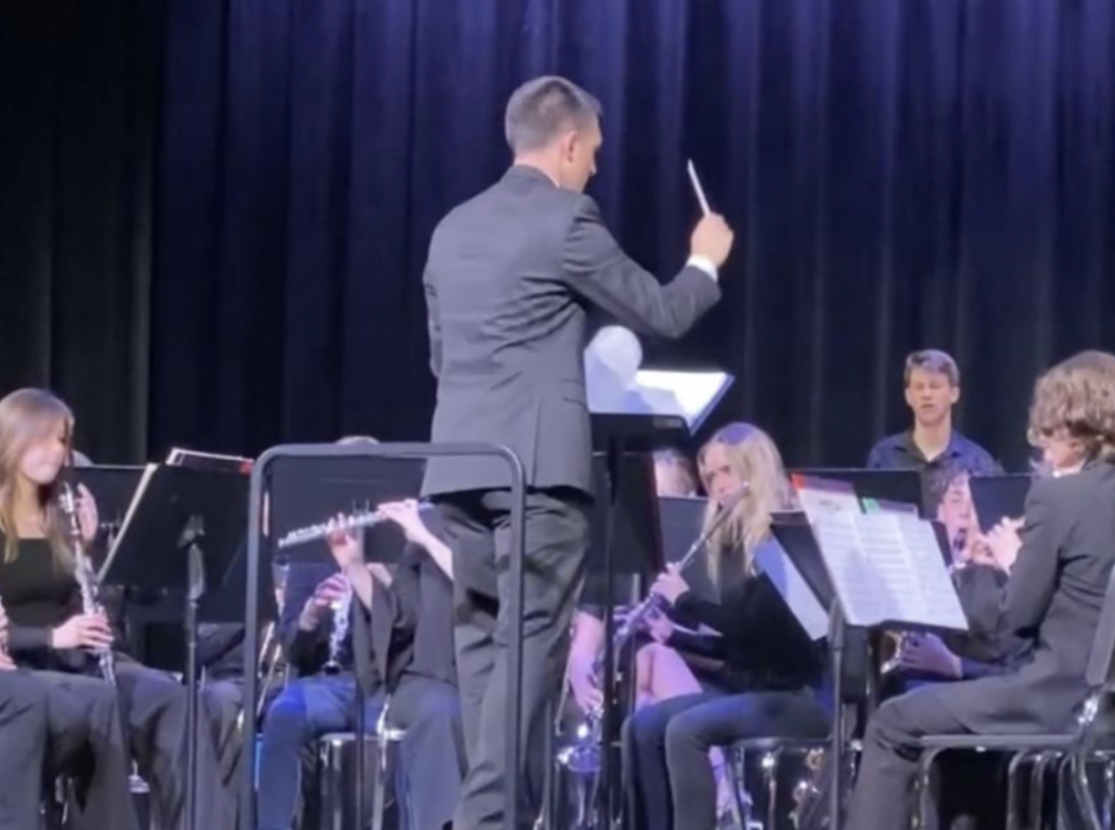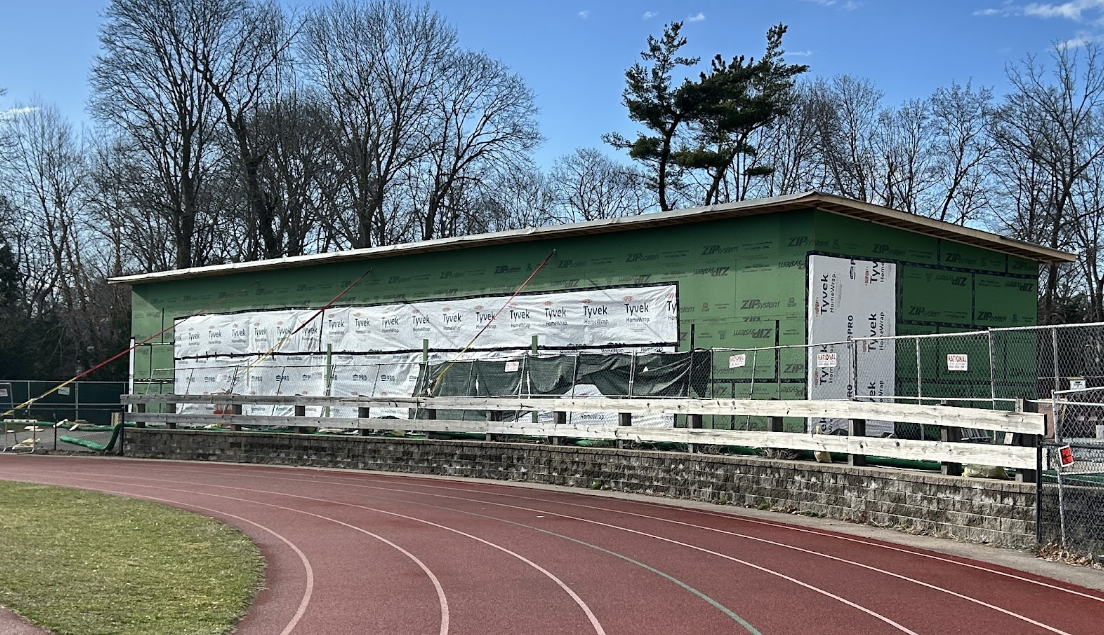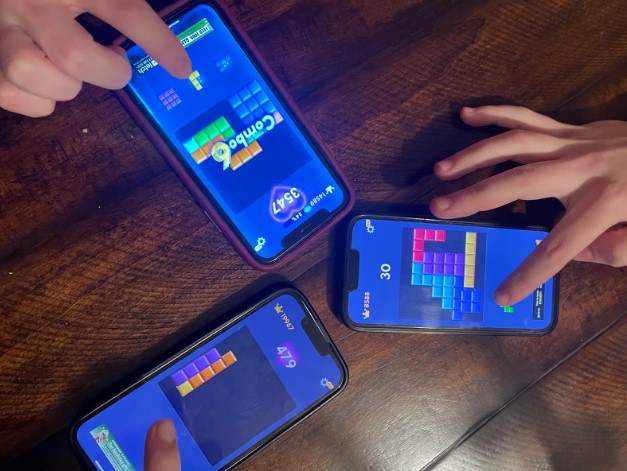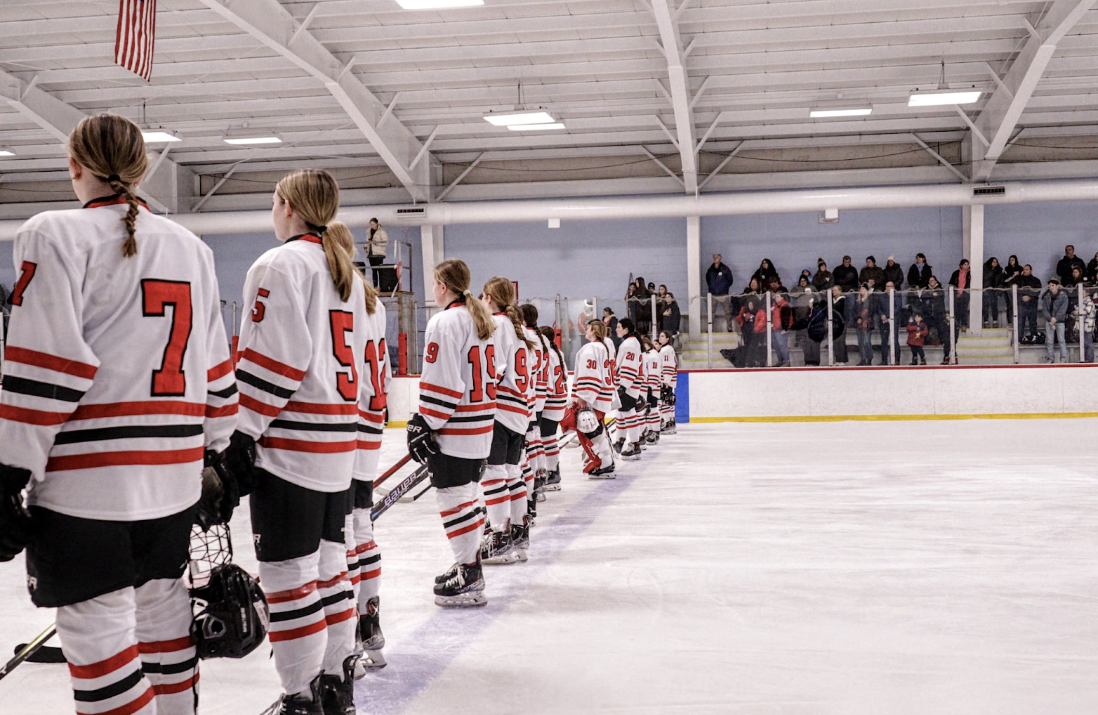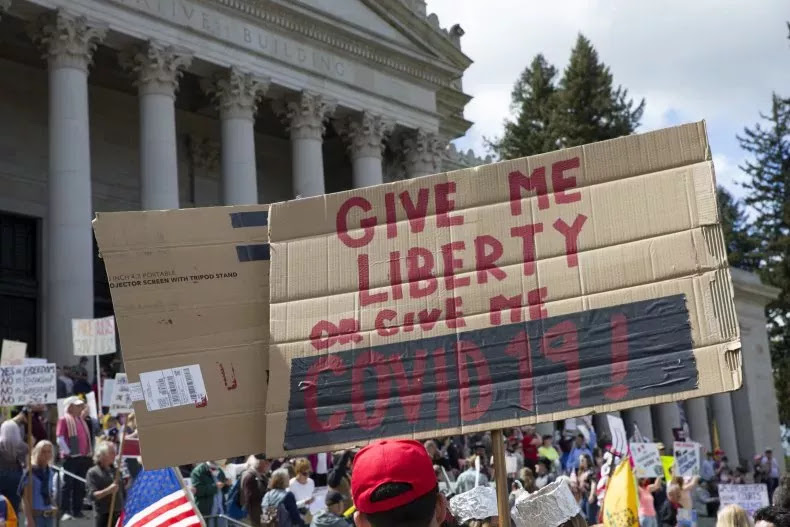Protests Against Coronavirus Lockdowns in the U.S. Call for a Return to Normalcy
In Olympia, Washington, hundreds of protesters crowded the Capitol building on April 19th, carrying signs with aggressive messages and violating social distancing guidelines.
April 25, 2020
“Give me liberty or give me Covid-19!”
This slogan was seen on a sign at a protest in Washington State on April 19th.
“Freedom over fear,” read another.
Yet another sign: “I need work to live.”
Patience is short these days, but some are taking it farther than restlessness and cabin fever. Desperate rallies against stay-at-home mandates due to Coronavirus have been arising across the country, with demonstrators protesting the shutdown of the economy and their inability to work to support themselves and their families.
This past weekend has seen a surge in protests.
On Thursday, April 18th, over 200 people gathered outside the home of Indiana Gov. Eric Holcomb, demonstrating against what they called a “government overreach” in the measures taken to prevent the spread of the Coronavirus. Some compared him to a tyrant, saying “he’s not a king,” and “no person in America should have this much power.”
Nine states saw demonstrations on Sunday, April 19th: California, Texas, Arizona, Colorado, Montana, Washington, Illinois, Florida, and Tennessee. In Arizona, a protest organized on Facebook by a group called “Operation Gridlock Arizona” urged participants to remain in their vehicles, gridlocking the capitol. And protests against TN Gov. Bill Lee’s statewide shutdown, popped up in cities including Nashville, Knoxville, Chattanooga, Jackson, and Memphis.
In Colorado, photojournalist Alyson McClaran captured powerful images of at least two healthcare workers, dressed in scrubs and N95 masks, who stood at an intersection in Denver and blocked protesters in cars until police forces could arrive. The pair “stood their ground,” according to McClaran, despite racist jeers and angry comments from drivers. “You can go to work, why can’t I?” yelled one woman.
Additionally, on Monday, April 20th, roughly 2,000 protesters gathered at a rally in Harrisburg, Pennsylvania. Among them was a truck painted with the message, “Jesus is my vaccine,” as shown on twitter here.
Michigan’s Gov. Gretchen Whitmer has seen some of the loudest outcries against her strict stay-at-home orders. Crowding around the State Capitol, large groups of unruly protesters yelled harsh jeers and blared car horns while Whitmer was inside on a conference call with healthcare officials. The protests were so loud that, reportedly, Gov. Whitmer could “hardly ignore” them from inside. On Friday, Whitmer responded to this backlash by easing some restrictions on public activities while still following social distancing rules, although her stay-at-home order has still been extended until May 15.
Some protesters in various states, including Maryland and Indiana, carried pro-Trump signs and sported “Make America Great Again” attire.
Indeed, at the White House Coronavirus Task Force news conference, which took place Sunday April 19th, Trump declined to find fault with the protests. Several times he seemed to sympathize with them, saying “I’m with everybody”, and defending Americans’ “cabin fever.” He even put forth an opinion that some governors have “gone too far”, drawing criticism from both democratic and republican governors for this viewpoint.
Trump has also been accused for spurring further protests with controversial Twitter posts reading, “Liberate Michigan!”, “Liberate Virginia…!” and “Liberate Minnesota!” Trump tweeted these just days before large protests in these three states.
Social media has played a key role in the organization of these seemingly spontaneous protests. Platforms like Facebook and Twitter provide a place where protests can be set up shortly before the rally is set to occur. Online, protesters are cheered on by anarchist and pro-gun extremists, and are sponsored by right-wing donors.
According to Facebook spokesman Andy Stone, Facebook took down some (but not all) posts promoting anti-quarantine protests that would violate stay-at-home mandates. He said Monday, “unless government prohibits the event during this time, we allow it to be organized on Facebook… events that defy government’s guidance on social distancing aren’t allowed on Facebook.”
The most recent protest, this past Friday, saw thousands angrily surge the Capitol in Madison, Wisconsin, standing shoulder to shoulder and chanting “USA!” They carried signs that read things like, “All Workers are Essential” and “Death… is preferable to communism,” and circulated petitions to recall Gov. Evers. Some were seen displaying American flags and even assault-style rifles.
People are growing desperate. It’s easy to see their point of view; according to recent reports, over 26 million Americans have filed unemployment claims due to COVID-19. Anxious to get back to work and pay their bills, some are willing to risk infection rather than live in fear. However, the steps people are taking to demonstrate their dissatisfaction are “selfish and stupid” and have “become too radical,” as sophomore Marisa O’Malley put it. Sophomore Mimi Jiang-Yu echoed this point of view, adding that “people just want to get back to work… but this is not the way to do so.”
O’Malley and Jiang-Yu are right: protests against social distancing and state lockdowns will clearly lead to new surges in coronavirus cases, as most blatantly ignore social distancing guidelines and fail to wear masks or gloves. To violate social distancing is a selfish and short-sighted act: the director of the National Institute of Allergy and Infectious Diseases, Anthony Fauci, said protests against stay-at-home orders would surely cause setbacks in the progress we’ve seen. He told ABC News on April 20th, “So as painful as it is to go by the careful guidelines of gradually phasing into a reopening – [protests are] going to backfire. That’s the problem.”
Although the media’s heightened coverage of the protests may make it seem like opposition is widespread, most Americans support stay-at-home measures and recognize the authority of public health officials like Fauci. According to an AP poll, 8 in 10 Americans support stay-at-home orders and about 60% endorse the preventative steps taken by government officials as necessary and justified.
But, with no end to social distancing in sight, the question remains: how long can life go on like this? All we can do is wait to find out.






